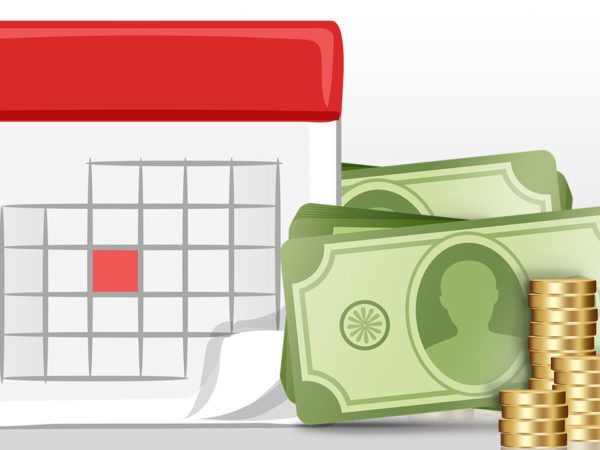
Trading time for money… it’s become normal and expected in our industry, but I want you to see past it. I want you to know there’s a path to working smarter, not harder. Just because you’re a freelancer in a creative industry does not mean you have to trade your time for money. Your creative work contributes to an end product (video, website, design, etc.) which brings value to people. Consider this: you can create, market and sell your clients on the collective value of that end product, and the process required to make it, rather than just how long it will take to make it. Why would you do that? Glad you asked. Let’s start with a few of the benefits: (1) you’ll make more money, (2) you’ll be more efficient and (3) it will make all of your clients happy. Do I have your attention yet?
“Client’s don’t want you to trade time for money; they want to trade their money for value.”
Consistency is key.
When you focus on selling a product from your skills, you force yourself to develop a system: the workflow needed to actually create the product. Your system will become predictable, and that’s a good thing. This allows you to figure out how much time and effort will go into creating a final work at a certain level of quality, and with that, you can figure out how much you need to charge for it to be profitable. Clients love this. When you present a project and can confidently state how much it will cost to make something of a similar quality, you are miles ahead of the game. If you don’t know why, I’m guessing you’ve never had to get quotes from freelancers before, so let me fill you in.
Many clients shop around before choosing a new vendor. This involves gathering estimates, sometimes called a request for proposal (RFP). You’d be amazed at how sloppy (and time consuming) this process can be for both the client and freelancers. The client just wants to know how much their potential project will cost, and freelancers will spend hours trying to figure it out by estimating the time required and drafting a decent looking proposal… every time. Even after all that, most freelancers will still be doubting the dollar amount they came up with. What a waste of time! Imagine if you’ve already figured out how much your product costs, how long it will take and you already have a proposal template with all of this information ready to go—look at how professional you are!
When you present a flat rate with a guaranteed level of quality, you’ll be 100x more attractive than other prospects. I can say this confidently because I’ve quoted and pitched several projects to huge brands around the San Francisco Bay Area and this method consistently raises eyebrows and closes deals. That’s why I run Modio this way. If it didn’t work, I wouldn’t be preaching it. The simplicity of a system that can deliver exactly what your client wants for a consistent price and schedule will always overshadow rates based on time.
Don’t sell time, sell the finished work.
Coming up with your product deserves a lot of thought. Find your niche. What do clients need most, and how do they want it? Do they want varying levels of quality? You’ve heard the saying, “Good, fast or cheap. Pick two.” In most cases, I’d honestly recommend picking only one. The most successful product will include a combination of skills and steps that would be difficult for someone to outsource or manage internally. If you’re only able to provide a small piece of the product you want to deliver, consider partnering with other freelancers to fill the missing links in each other’s systems—this is what they call “synergy” in the corporate world. Now more than ever is the time to come up with creative business models. We’re in a time where the solo freelancer is going to be squeezed into lower and lower rates, because the competition is too great. What I’m suggesting is meant to give you a stronger foundation as a business, because whether you like it or not freelancing is a business.
By selling a product, you’re accepting more responsibility for your client’s needs and ultimately that’s what business is all about.
Now tell me, what are you selling?
1 Comment
Pingbacks
-
[…] See post: Selling Your Time Isn’t Enough […]
[…] See post: Selling Your Time Isn’t Enough […]



